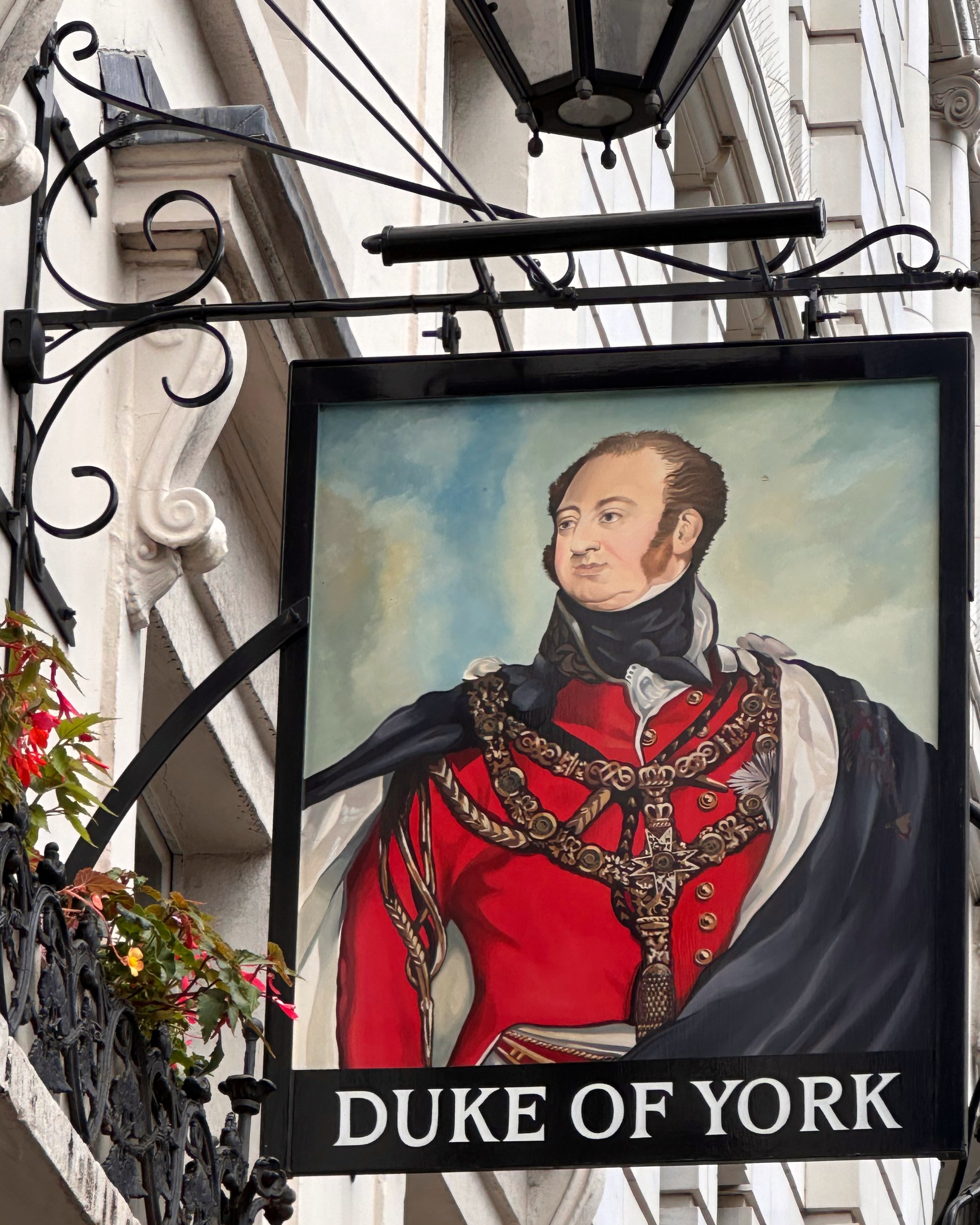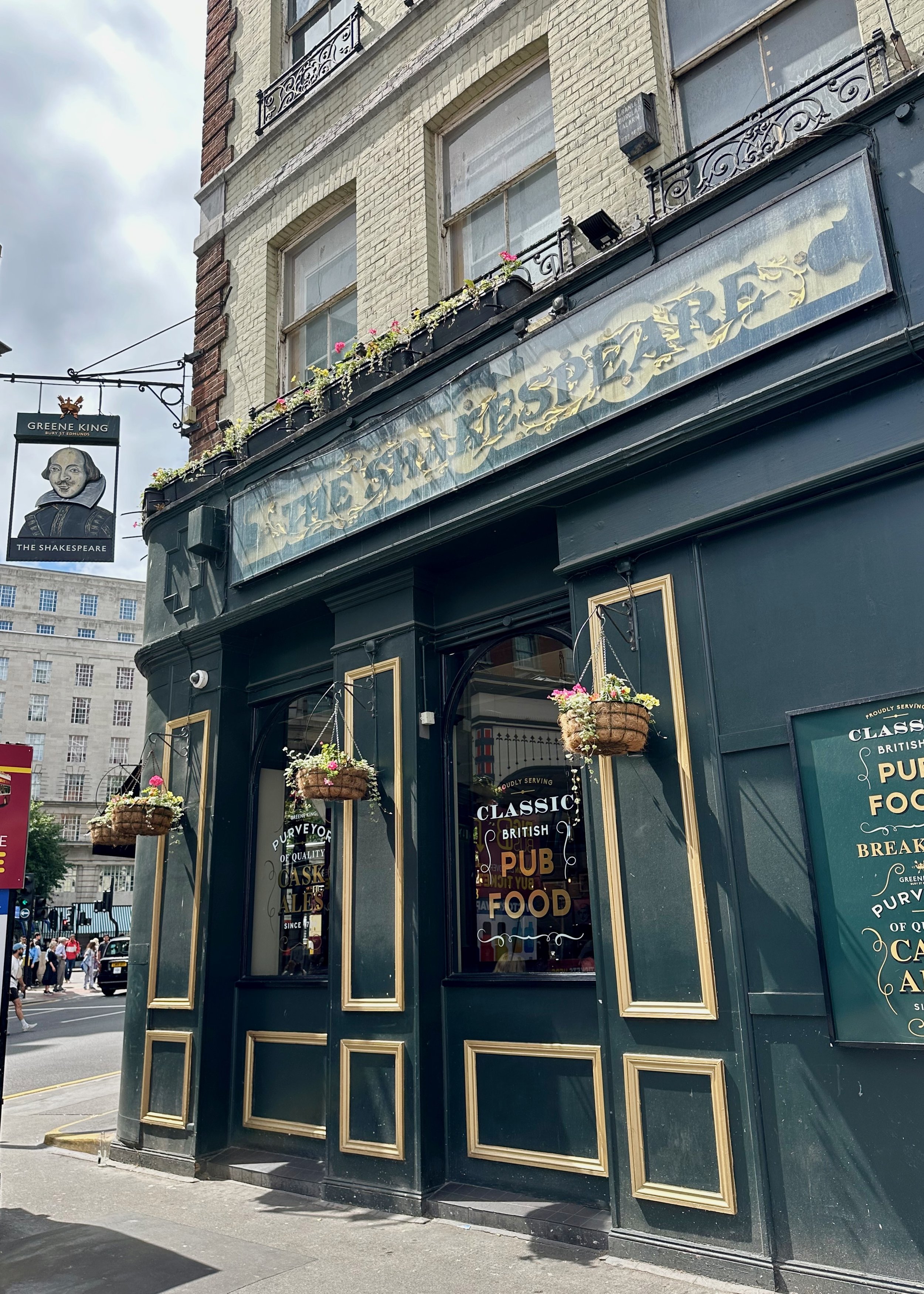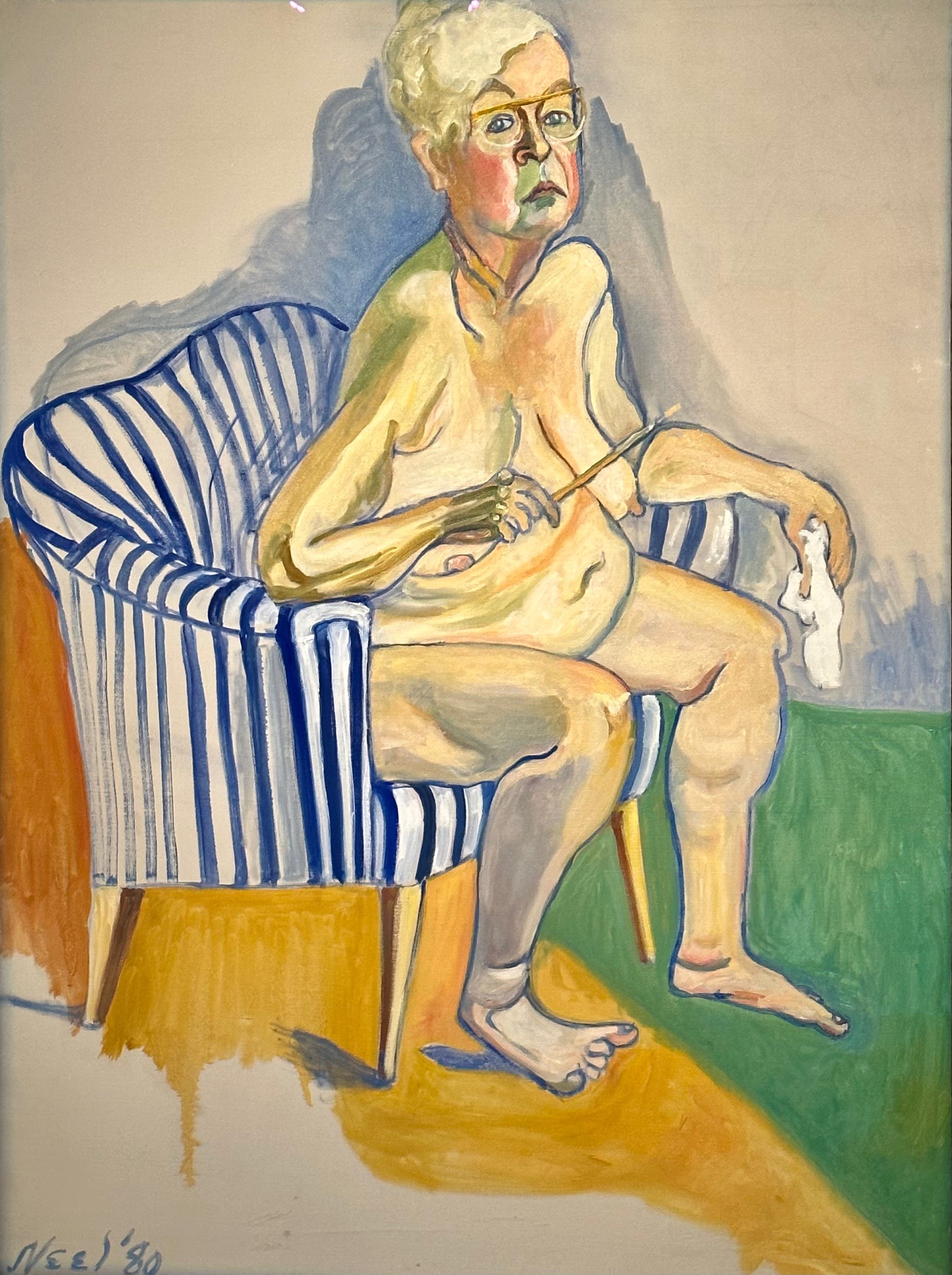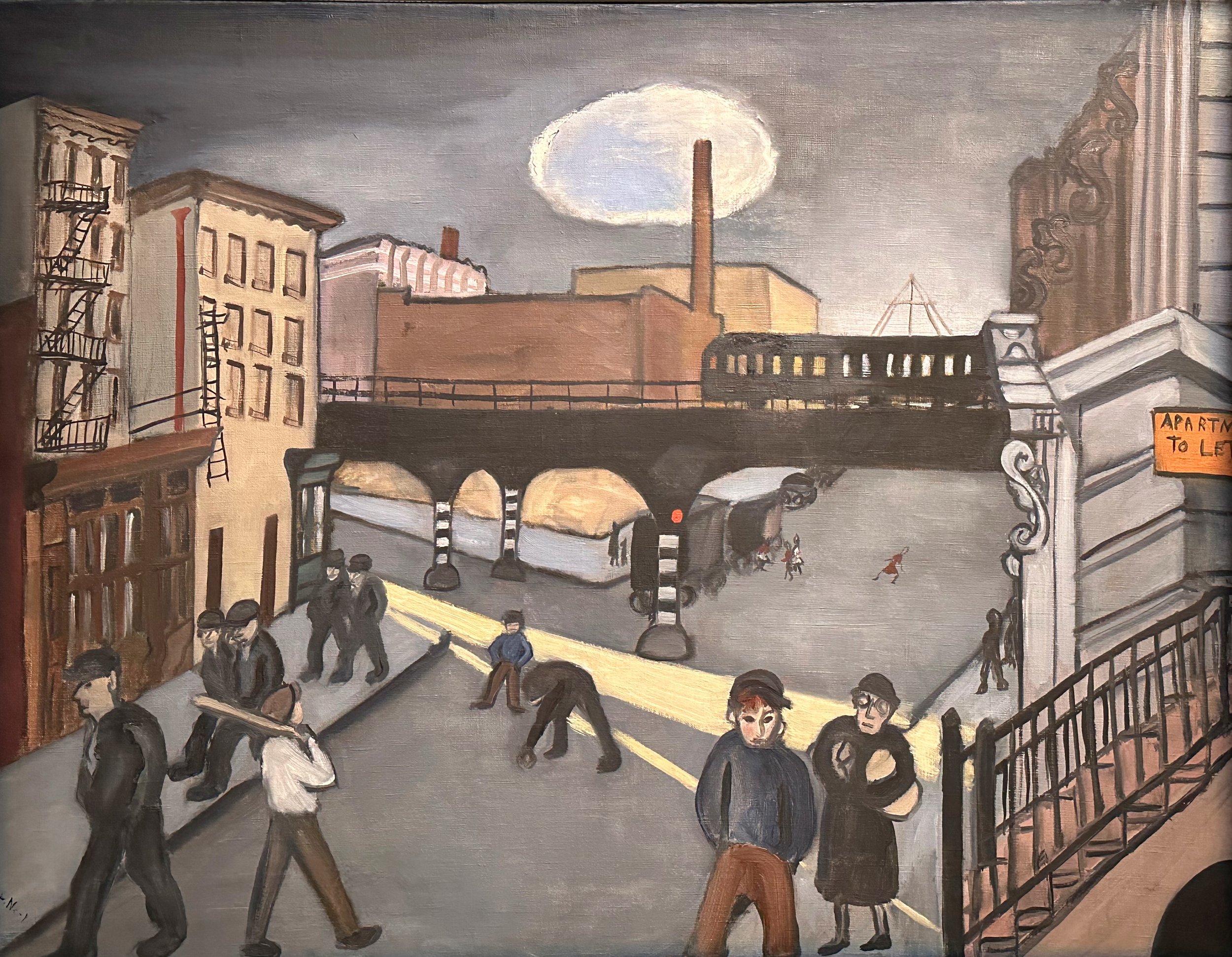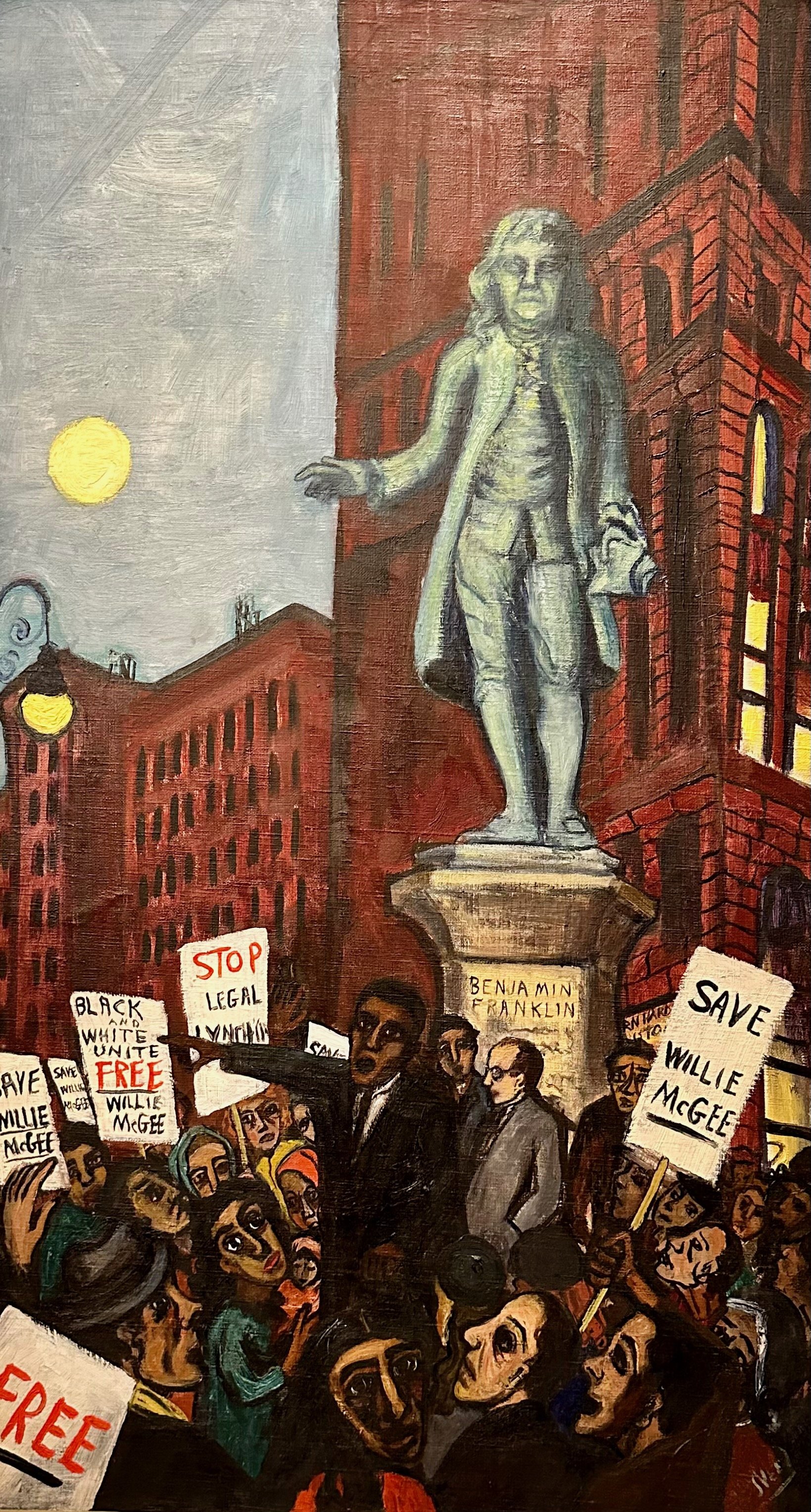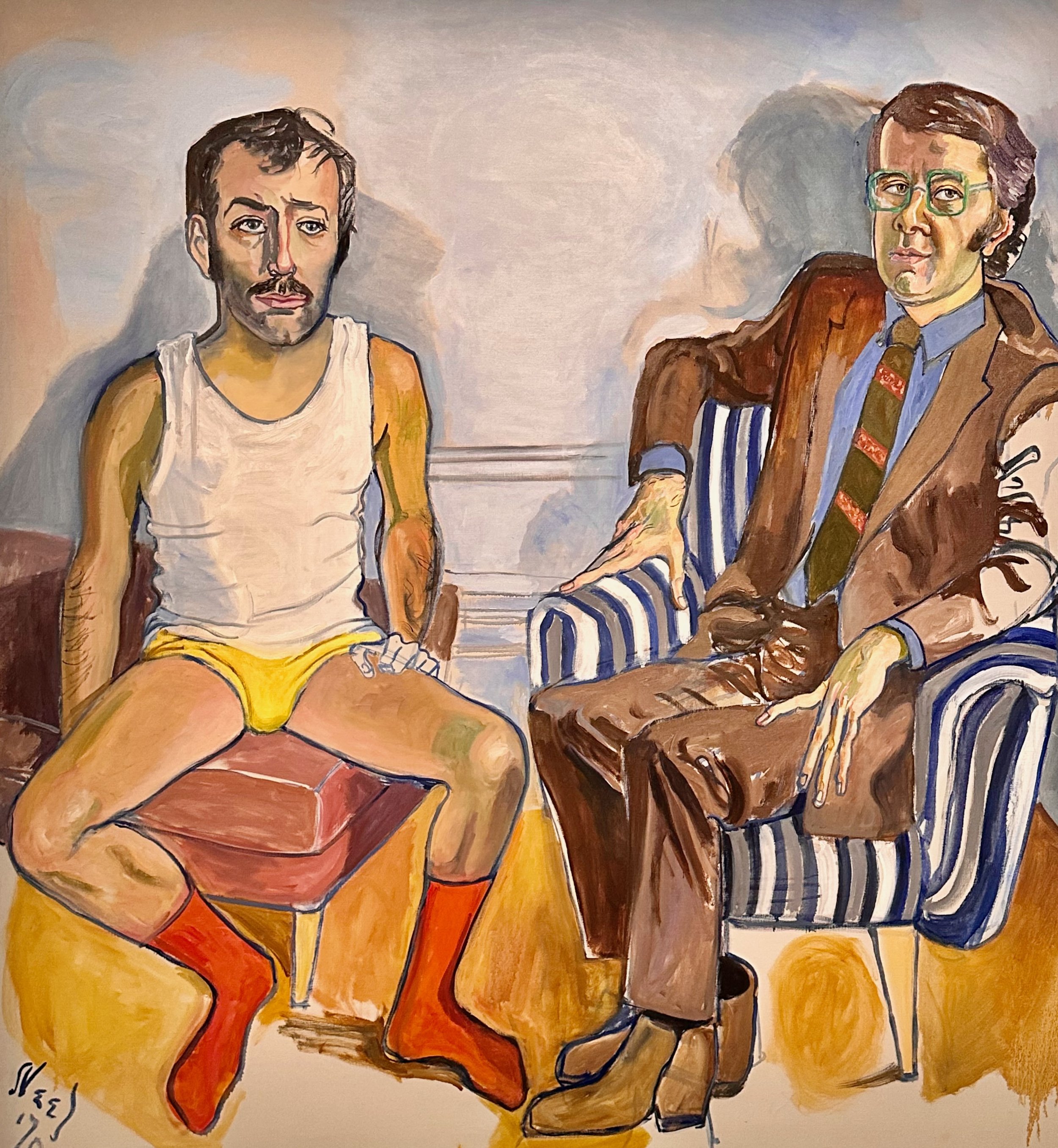In many ways it has been. My girlfriend’s family loved me so I had instant family. She had a job, and I could focus on finding my own. And we got civil-unioned, so I had an imminent visa.
Nevertheless, I crash landed into England. Change for a girl from Oklahoma has never been easy and after 20 years as a New Yorker, the fear grabbed a serious hold of me. Having not had a drink since 2012, when the pandemic rolled around and all of my resources went away — my tennis groups, my running club, my close friends — I started up again. After the move was delayed a month due to a delayed visa, I spent the four weeks in a drunken haze, until the pancreatitis hit me. Three days in Birmingham’s Queen Elizabeth hospital set me on the right path — sort of. I vowed to join anything and everything to stay busy, not drink and fill that Manhattan-shaped friendship void.
As soon as we landed a permanent place in London, I jumped into LTA league tennis. Next, I sought out the black-striped jersey of the Fulham Run Club. Then, to round out the athletics, I signed up for a cycling club at a local shop near Richmond Park. Finally, I found lesbian “Meet Up” and enrolled myself and my girlfriend in EVERYTHING. She encouraged the prior and just rolled her eyes at the latter.
With three or four matches a week, I met a lot of people through the LTA around Wandsworth. Tennis is not generally a friendly sport — players can get ridiculously competitive, including me. But I tried to dial it down a bit and gave out my number freely. Nevertheless, after those matches, I never saw any of my opponents again.
On the running front, I joined three: a track session, a rather rainy run around Putney and a 5K in Battersea Park. Still recovering from my hospital stay, I was slow. Fellow runners circled back to ensure I was not left behind, until they didn’t. In Battersea Park, the gun went off and the crowd was 500 meters ahead before I had my headphones in.
The cycling didn’t prove much easier. The London Dynamo — a citywide, multi-level cycling group flat out rejected me after I couldn’t keep up on the Richmond Park Hills during a “trial ride.” The leader pulled out small group over, looked directly at me and said “If you’re having a hard time keeping up, just ride back to the parking lot, grab a coffee and hang out.” I took the hint. Two months later with my new club, I joked that I was better at lapping cars in New York traffic than scaling those hills. Ultimately, however, I left Richmond Park for the skinny 40 mph dudes in tight kit. Regarding the Lesbian Meet Ups, my girlfriend just couldn’t be bothered to rock up at a random park or museum on a Sunday and exchange small talk with a bunch of strangers. When the time to leave for the event rolled around, ultimately, neither could I.
Looking back, however, I think I had actually found my tribe in New York. The city is the land of misfits — the place where everyone who doesn’t belong anywhere else eventually lands. And if anything, I am a misfit.

